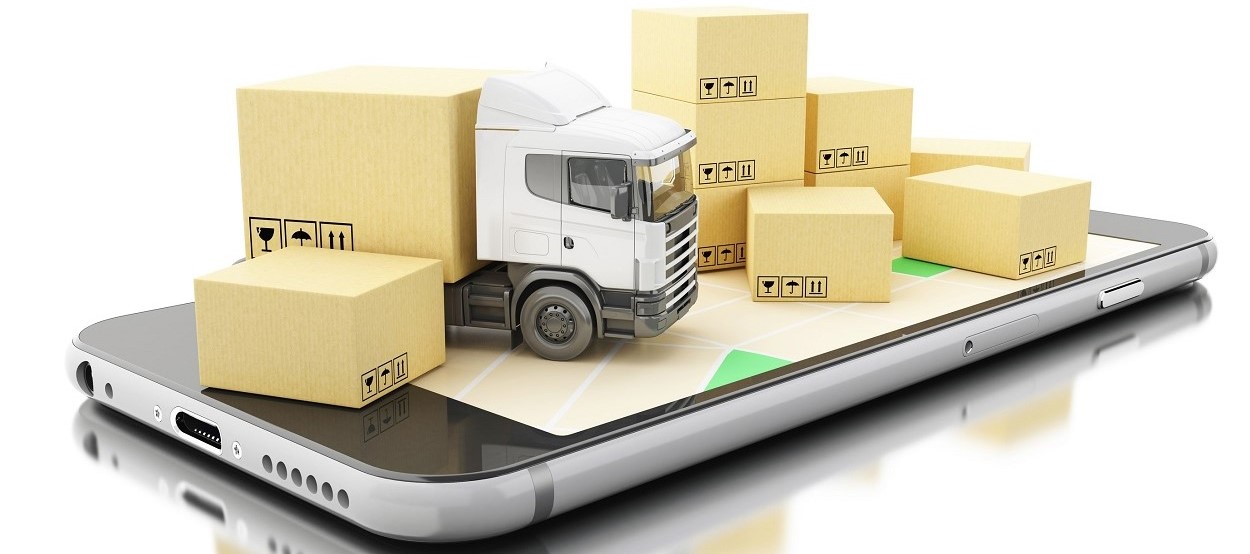For over two decades, the number of e-commerce transactions has been growing at a rapid pace. According to Statista, global e-commerce revenues in 2018 amounts to approx. $1,785,733 million and are expected to grow to $2,590,254 million by 2022. Almost all the leading retail stores are offering e-commerce channels, as a significant number of traditional commerce transactions are influenced by digital commerce.
Along with the growth in the volume of e-commerce transactions, we have witnessed significant improvements in their convenience and the automation, as well as in the overall customer experience. These improvements are usually propelled by latest ICT advances and technology trends, as well as by innovations in e-commerce business processes. During the last couple of years, a new wave of innovations is disrupting the e-commerce landscape and contributes to increasing the overall base of e-commerce users. Here are a few of the latest trends.
Chatbots in eCommerce
Chatting is currently one of the primary modalities for communication between people and businesses. This is evident in the fact that over 1.3 billion people use Facebook Messenger, while many everyday interactions occur through other platforms such as Skype, WhatsApp, and WeChat. Early chatbot applications were primarily focused on information acquisition and contact centers applications. However, there are many companies that already provide the means for accomplishing the electronic transactions via chatbots. As a prominent example, Domino’s Pizza provides a Facebook Messenger Bot, as a new way to communicate offers and orders to its customers inside the Facebook Messenger social platform. Customers can use this Bot to get help on questions like ‘What deal can I get on my pizza today?’ and they can accordingly proceed with ordering.
The use of Chatbots in eCommerce is expected to be a growing trend in the years to come. Instead of calling up or ordering online, many customers will opt for messaging, in order to order products as it offers the convenience to order with just a written word. Bots are also expected to become more intelligent, as they could remember the customers’ past purchases and provide them with suggestions that suit their preferences.
Social Media Advertising
Social media has not only provided new channels for interacting with e-shops. They have also changed the way e-commerce sites are promoted and advertised. A great deal of e-commerce promotions is nowadays happening through social media and more specifically on platforms like Facebook and Instagram that provide the means for target advertisement with high conversion rates. In this context, the marketing strategies of e-commerce shops are changing rapidly in order to take advantage of these platforms. For example, let’s consider the scenario of uploading product catalogs to the Facebook Shop. After uploading we could leverage the features offered by the platform such as using dynamic product ads to target visitors based on what they viewed previously, creating proper visuals to drive awareness. On the other hand, if we are considering Instagram we can increase the customer views, by investing in content marketing depending on the nature of the products. No matter how you exploit social media for advertising, one thing is certain: e-commerce marketing is increasingly becoming social media oriented. This is not necessarily a bad thing, especially if you know how to take advantage of the power of social networks.
Omni Channel Management
Selling your products solely on your website is no longer enough. Most brands sell their products within several marketplaces and websites, such as Amazon, eBay, Facebook, and Alibaba. This holds not only for e-shops but for all conventional brick-and-mortar stores as well, which view digital channels as an additional opportunity for accessing existing and new customers. Global brands need certainly to be in large global marketplaces. Overall, e-commerce goes omnichannel and an effective management of all the different channels is one of the main challenges for e-shop owners.
Same Day and Next Day Delivery
The benefits of same day or next day delivery of their e-commerce orders have already become a prevalent trend in the Americas. This is the case for all Amazon’s prime customers, and it has also been extended to the customers of the “Google Shopping Express” service that offers same-day delivery for products stemming from large stores like Walmart and Target. Same day and next day delivery are an undeniable trend in e-commerce, which is currently shaping the competition between large online stores. It is a feature that can certainly set apart an online store from its competitors. Moreover, it’s something that consumers seem willing to pay for, driving additional growth in the monetary value of transactions and potential extra revenues. In the years to come, we will see more and more online stores, at different places of the planet, offering same or next day delivery.
Augmented Reality and Virtual Reality
One of the main advantages of conventional brick-and-mortar shopping, when compared to e-commerce, is the ability to see and experience all aspects of a product prior to purchasing it, including how the product could fit its purpose. To compensate for this shortcoming, online stores are trying to provide the best possible digital presentation of the product. To this end, they are increasingly resorting to Augmented Reality (AR) and Virtual Reality (VR) technologies, which provide realistic cyber-representations of a product. During the past few years, AR/VR enabling technologies (e.g., cameras, headsets and AR/VR mobile apps) have improved in terms of functionalities, while their cost has been reduced. Therefore, AR/VR applications are easier to deploy than ever before. This is the reason why more and more retailers are providing AR/VR representations to enable customers to experience the details of a product regardless of whether the purchase is to be concluded on-line or in the traditional store. For instance, IKEA offers an AR app that enables customers to gain a 3D view of the IKEA products in the customer’s home interior. The app displays IKEA’s product in their realistic scale, which allows one to better evaluate whether the product meets the requirements
With e-commerce rapid growth, comes rapid changes. Hope this article helped you to keep you abreast with the changes in the eCommerce Industry.










